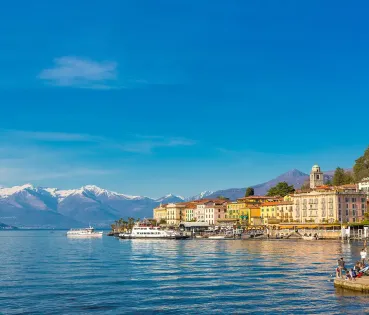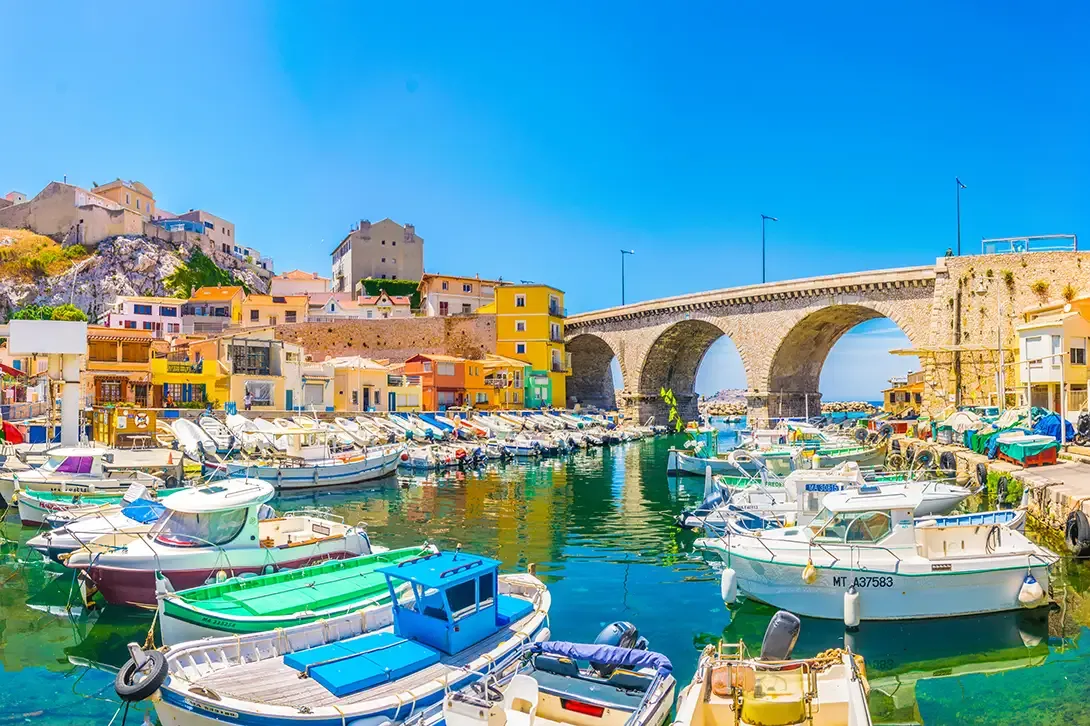
Marseille, a bright, seafaring port
Picturesque neighbourhoods, irresistible gastronomic proposals, enchanting coves and top level museums await you in the vibrant capital of Provence.
The new high-speed railway routes that in just a few hours take us to Marseille at a reasonable price are turning it into one of the best excuses to discover or revisit this always appealing city for a short holiday. With 26 centuries behind it, the most “carefree” of French cities oozes history and a multicultural nature. Bathed in the yellow light of Provence, it has a completely seafaring soul; it never lets us forget that we are at the feet of the Mare Nostrum.
History and coastal roots
The heart of the city is Le Vieux-Port. From the first light of day when it hosts the traditional fish market, it turns into a real hotbed, filled with traditional barges, yachts and tourist vessels passing through its streets, while streams of travellers and local residents throng its appealing restaurants and terraces.
A short way from the old port the historic district of Le Panier may be found, an instagrammable network of steep alleyways, full of colourful, Provencal façades, craft workshops, wine bars and attractive art galleries. Visitors must have a drink in one of the busy bars or the charming cafes in some of most outstanding squares, such as the Place de Lenche, the ancient Greek Agora or the Place de Moulins, at the highest point of the area, with some spectacular views.
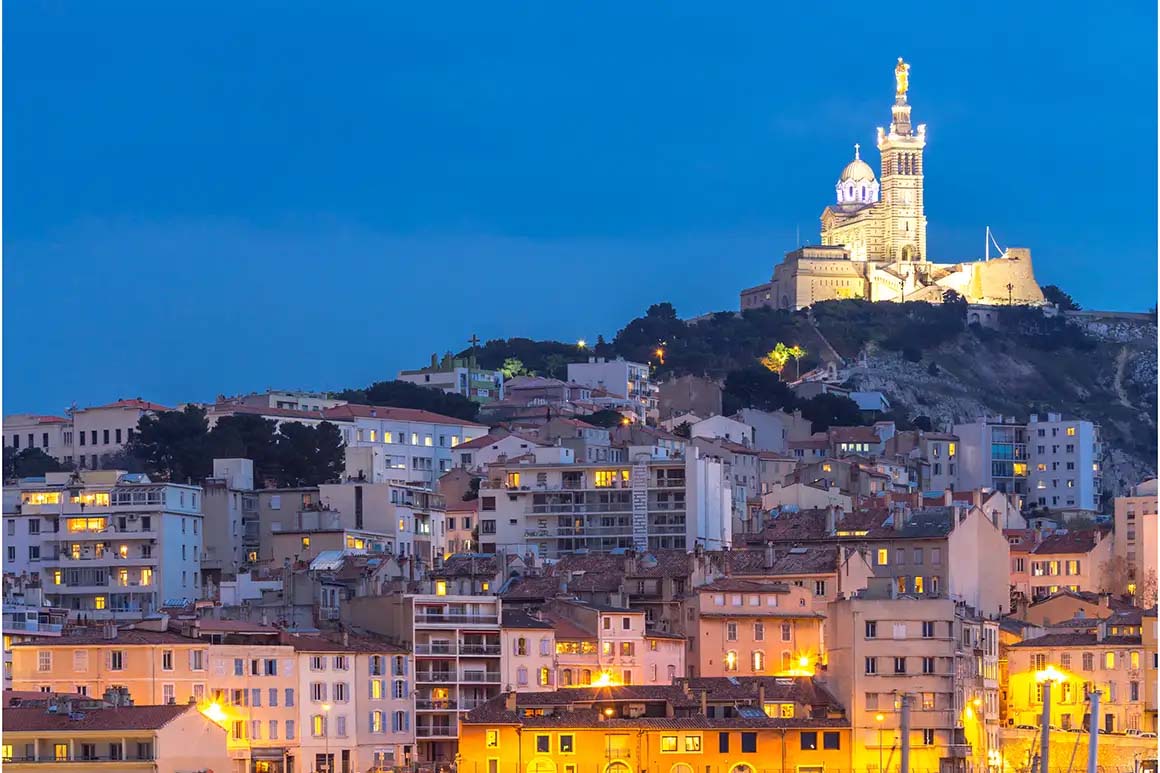
We will also find an amazing panorama from the highest point of the city, the Notre-Dame de la Garde basilica. By foot, bus or tourist train, visitors can climb to this byzantine jewel in which the large amount of wooden boats hanging from the ceiling is astounding; they are offerings made to the Virgin by dozens of shipwreck survivors from all over the world.
From the hill of La Garde, the attractive surroundings of the city may also be viewed, from L’Estanque to the National Park of Calanques, with its turquoise coves and steep cliffs. If you have time, it is worth making the trip to enjoy a swim and the landscape; snorkelling fans on the other hand, will find some of the most spectacular dives in the Mediterranean.
On the horizon, opposite the city, the islands of the Frioul archipelago emerge, one of which houses the Château d’If, where Alexandre Dumas locked up the Count of Monte Cristo in his book. The fortress, which can be reached by a short ferry ride, is open to the public and visitors can slip through its dismal cells.
MuCEM, a symbol of the new Marseilles
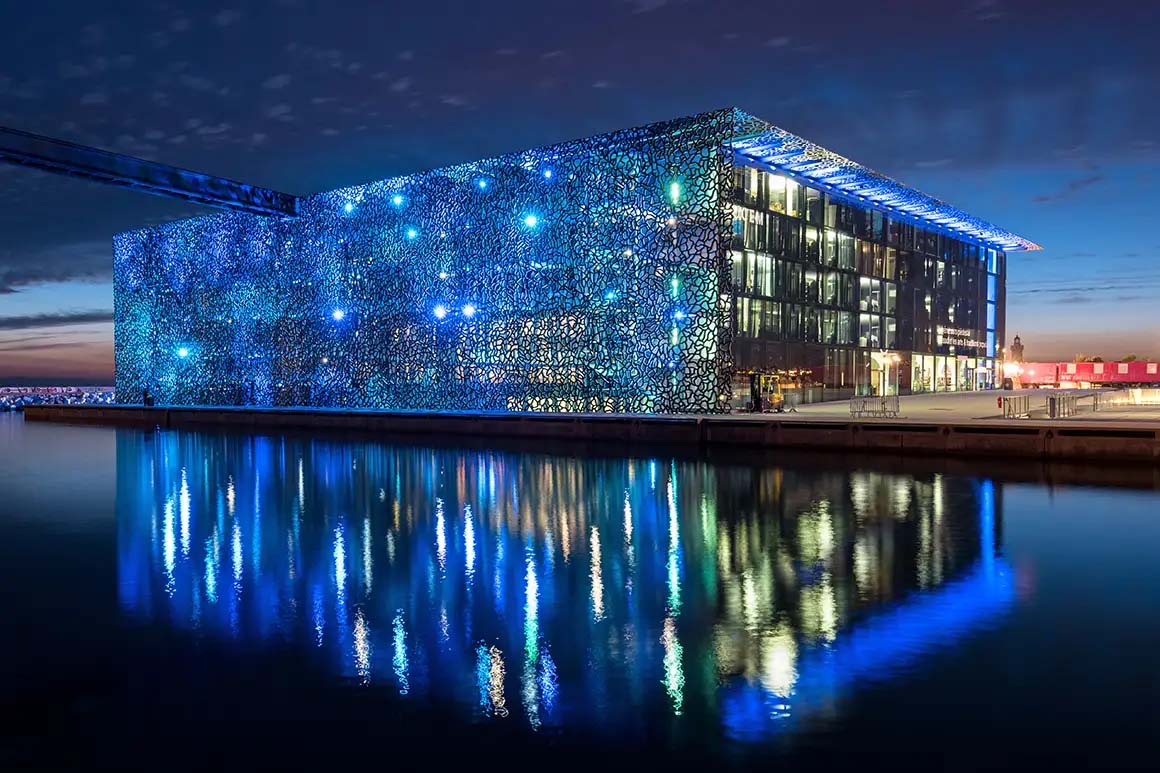
Returning to the city, it is time to also discover the renewed face of Marseilles – driven by its naming as European Cultural Capital in 2013, by directing our steps to the cultural space J4. It is an ancient wall, reconverted into a hotbed of artistic proposals the flagship of which, without any doubt, is the Museum of European and Mediterranean Civilisations. With its impacting cube-shape and joined to the Saint Jean fort by a catwalk over the sea, it hosts all kinds of exhibitions and a busy agenda of concerts and events that it is worth consulting when preparing our trip.
But if anything will make travellers fall in love with Marseille, this must be its tasty cuisine, which brings together innovation with traditional recipes and French cooking with multicultural influences. An essential dish is bouillabaisse, a fish stew traditionally prepared using the fish that is left at the bottom of the sailors’ fish baskets, which is served accompanied by croutons rubbed with garlic and with rouille sauce. As an aperitif, there is nothing better than a tapenade, anchovies with crushed olives, or the panisses fris, flour made of fried chickpeas.
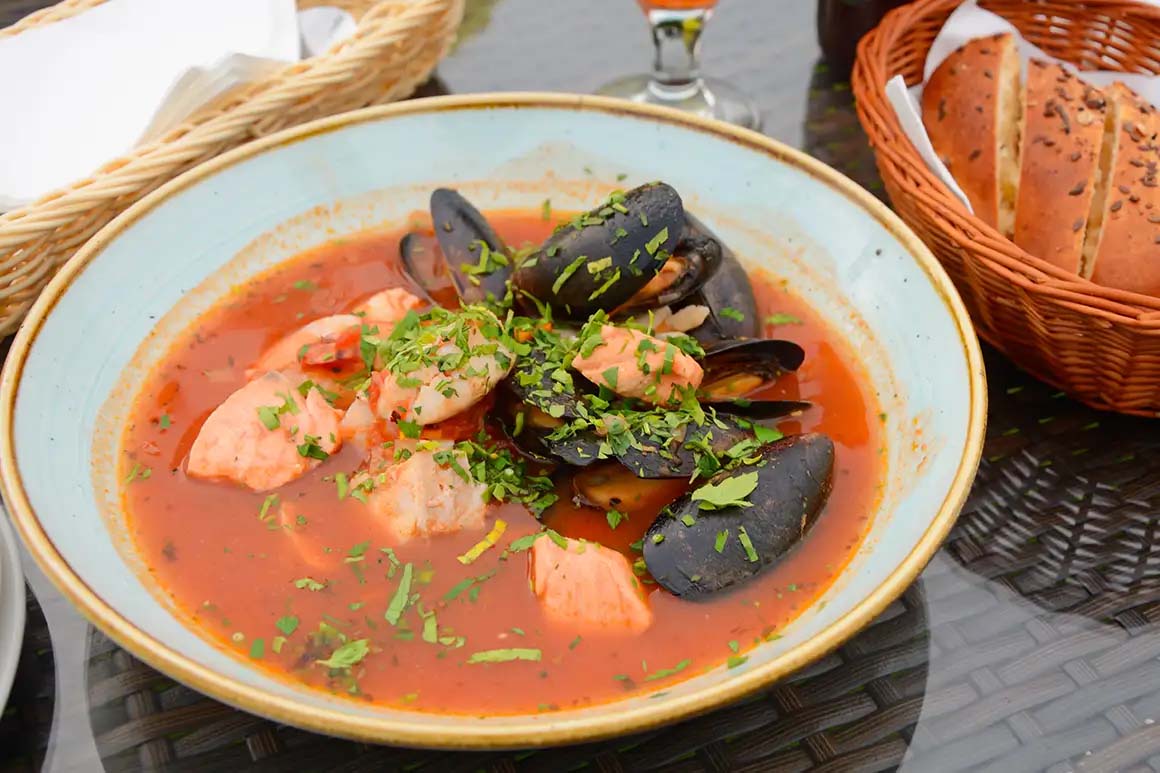
Before saying farewell to the city, it is worth saving some time for last minute shopping; the emblematic Marseille soap, the typical wooden figures (santons de Provence), the traditional boat-shaped sweets or a bottle of Pastis will be perfect as gifts or souvenirs to keep the capital of Provence alive in our memories.


